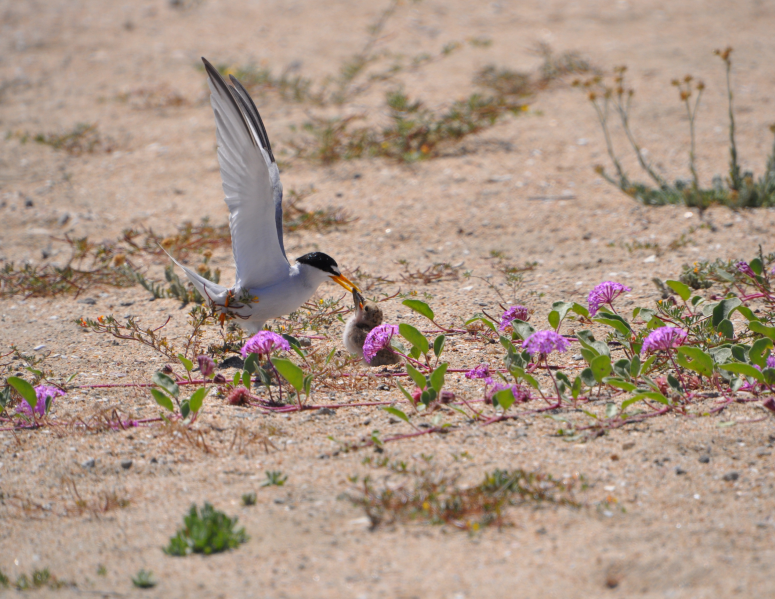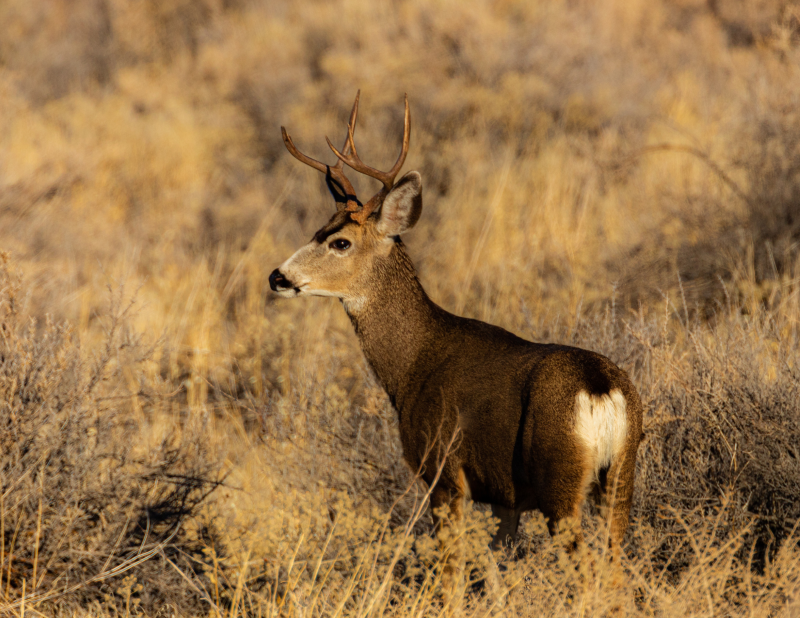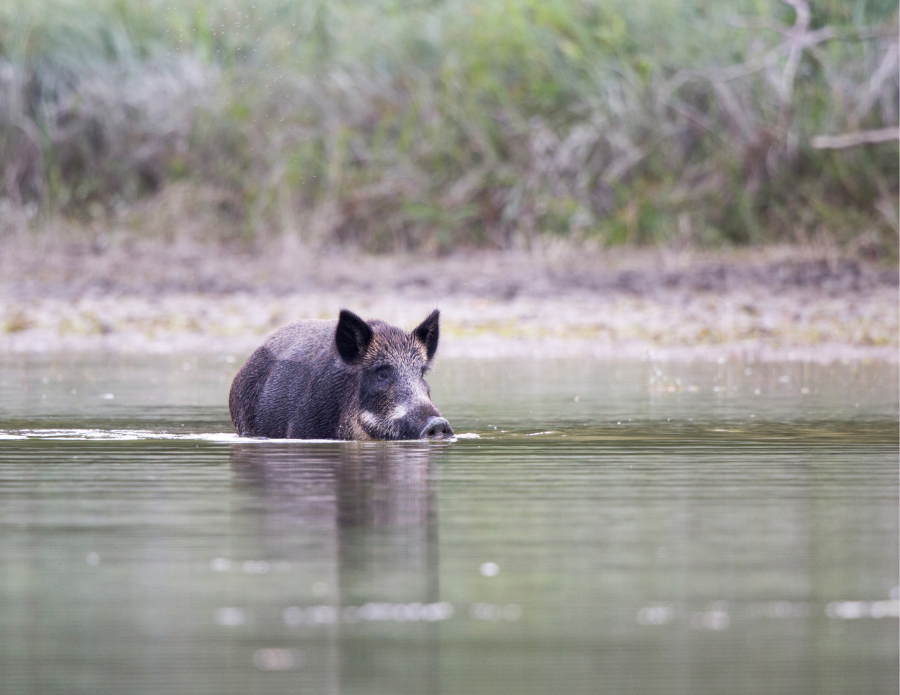Planning for Wildlife Movement Across San Diego’s SR-67
In 2014, IEMM began investigating the dangers posed to wildlife along State Route 67 in order to inform rehabilitation planning for the highway.
We studied SR-67’s existing culvert structures, investigated roadkill, and analyzed bobcat and ringtail movement data to help the California Department of Transportation plan for making SR-67 safer for wildlife. Our findings were used to inform initial safety measures on the highway.
Working closely with a range of stakeholders, IEMM also completed a comprehensive connectivity analysis using existing data on a suite of local species ranging from pumas to wrentits in an expanded area beyond the highway.
Our connectivity modeling has informed prioritization of conservation actions, including a wildlife infrastructure plan for the highway. We also developed a decision support tool based on our data products to guide strategic conservation actions such as land acquisitions, land restorations, and other habitat enhancement activities.
Learn more about this project
More Ecological Management and Conservation Projects







